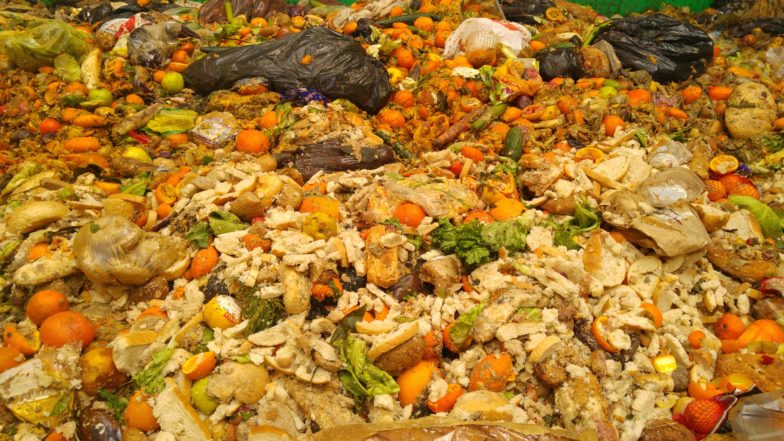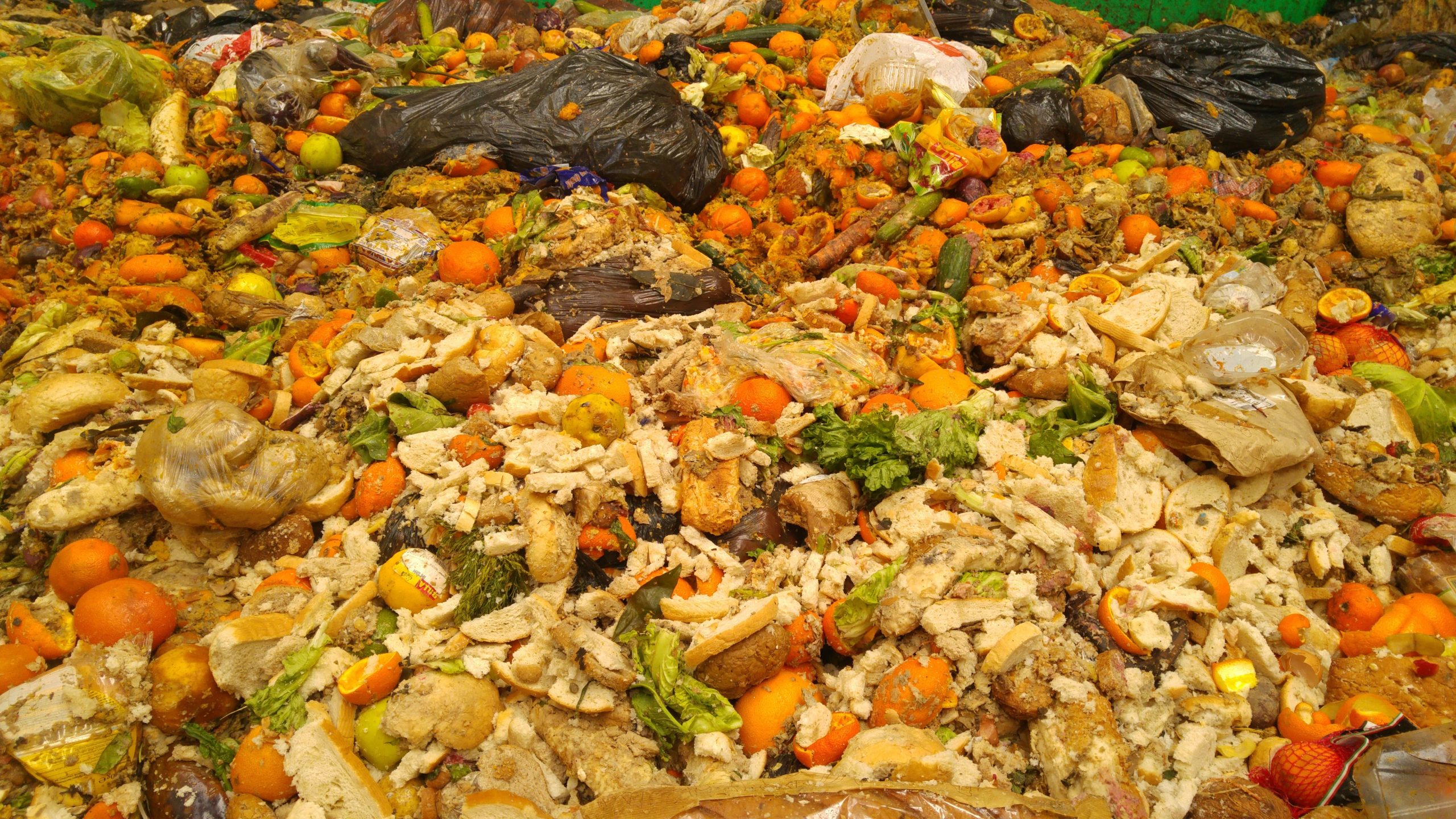Position Paper: The Circular Economy Package and European food waste policy

We propose the following recommendations for implementation of robust action on food waste within the Circular Economy Package
 Click here to see the full policy position in PDF
Click here to see the full policy position in PDF
We, the undersigned, support the aspirations of the European Commission’s Circular Economy Package to create a Europe that can dramatically cut its food waste. There are positive elements within the legislative proposal on waste and the Action Plan which we would like to commend, such as commitments to improve date marking and to develop a common food waste measurement methodology.
However, we wish to express our concern over the removal of a European Union-specific reduction target for food waste, coming in spite of the European Commission’s promise of a more ambitious package than the previous, withdrawn in December 2014. We acknowledge that this target has been replaced by compulsory actions for Member States to measure and report on their country’s national food waste statistics, and to work towards the United Nations Sustainable Development Goal (SDG) 12.3 of halving food waste by 2030, but believe these actions in their current form will not result in concrete change and a significant reduction in waste at all levels.
We propose the following recommendations for implementation of robust action on food waste within the Circular Economy Package:
- Re-introduction of an EU-specific food waste reduction target of at least 30%, and accounting forfood waste over the full supply chain
- Inclusion of farm-to-fork food waste measurement, including pre-farm gate waste, with a roadmap for bringing in targets for pre-farm gate waste by 2020.
- Embedding of the Food Waste Hierarchy in all food waste reduction measures and allowing diversion of food waste to livestock feed
1) An EU-specific food waste target and accounting for food waste over the full supply chain
The previous proposal of an EU-specific target of reducing food waste by 30% by 2025 offered Member States a concrete national goal to work towards and gave a clear signal on the importance and urgency for action. It is vital that this binding obligation is reintroduced in the final package to tackle the immense scale of food waste in the EU. We need the EU to show leadership by setting a clear target for reduction and ensuring governments and industry across Europe take action on food waste.
The current Package’s adoption of the UN SDG for food waste is not strong enough, as it will account for only consumer and retail level food waste. This is in spite of the 2011 Food and Agriculture Organization (FAO) report Food Losses and Food Waste estimating that approximately 180kg of the 280kg/year (64%) of food lost and wasted per capita in Europe occurs between production and retail stages. The majority of this supply chain loss and waste occurs at pre-farm gate and manufacturing levels, and so it is vital that theseelements of the chain be included in ambitious targets for reduction. Moreover, since food waste is often more concentrated in a few corporations rather than diffused across millions of consumers, there are significant opportunities to tackle food waste in businesses.
We therefore urge that the overall target of a 30% reduction in food waste by 2025 be reintroduced, taking into account farm to fork measurement as detailed below. We request that the Commission provides concrete plans to show how this reduction might be achieved with a proportional focus across the supply chain.
2) Farm-to-fork measurement
We recommend that the commitment in the Circular Economy Package to adopt an implementing act to establish a common methodology for the measurement of food waste in 2016 takes into account waste from farm-to-fork, including food waste occurring pre farm gate, and sets standards for compulsory food waste measurement and reporting in all Member States. We understand that the EU has already committed to develop a common measurement methodology this year. We urge that these measurement and reporting efforts be built upon definitional frameworks and common measurement and reporting methodologies which apply across the supply chain, from farm to fork – such as those currently being developed by EU FUSIONS and the World Resources Institute’s Food Loss and Waste Protocol.
A substantial proportion of Europe’s food waste occurs at the pre-farm gate level in the agricultural sector. The FAO estimates that 20% of fruit and vegetables are wasted at this level, more than anywhere else in the supply chain. Much of this waste is as a result of retail practices, including cosmetic standards and last-minute order cancellations, requiring strong action by Member States to ensure that retailers take responsibility for, and action on, these damaging commercial practices.
Due to the lack of quality data on pre-farm gate food waste at Member State level, it is necessary for trial studies to be conducted in order to research and test a robust methodology before being rolled out. Pioneering studies in the UK by the Department for Environment, Food & Rural Affairs (DEFRA) and by the Waste and Resources Action Programme (WRAP) in their upcoming work as part of Courtauld 2025 can provide as useful guidance in this area.
We recommend that a staged plan of action, as part of both the legislative proposal on waste and the Circular Economy Action Plan, and in line with committed actions on establishing a common measurement methodology for food waste, be developed to initiate these trials and schedule their rolling out across Europe. In addition to contributing to full supply-chain food waste reduction as part of a circular economy, it will ensure that benchmarking of pre-farm gate food waste can be completed by the next EU Common Agricultural Policy (CAP) review in 2020. We recommend that, once benchmarked, specific targets be set within the overall minimum 30 per cent target for the reduction of pre-farm gate food waste in 2020.
3) Food waste hierarchy and diversion of food waste to livestock feed
The food waste hierarchy follows the principles of the waste hierarchy enshrined in the EU Waste Framework Directive. It prioritises (1) reduction at source (2) redistribution for human consumption (3) diversion to livestock feed for any food surplus unfit for human consumption (if legally permitted) (4) anaerobic digestion and compost, and (5) landfill and incineration as a last resort. Although cultural and geographical contexts need to be considered, this is a guide for the environmentally and socially optimal use of food surplus. The food waste hierarchy needs to be referenced in Article 9 of the legislation on waste.
With regards to the diversion of food waste to livestock feed, we further call on the Commission to review the ban on feeding catering waste to non-ruminant livestock and bring in legislative changes in this area. According to a new study by the University of Cambridge, removing the ban on feeding catering waste, or swill, to pigs would save 1.8 million hectares of land – half the land mass of Germany – whilst providing a use for 100 million tonnes of food waste in Europe every year 1.
Harnessing new food waste sterilisation technologies at an industrial level would not only guarantee the microbiological safety of animal feed, but would also generate new jobs and investment opportunities. We support the commitment to creating a true circular economy in Europe and to reduce food waste, and hope our recommendations will be taken on board to ensure that this happens.
Contact: Kierra Box, Friends of the Earth England, Wales and Northern Ireland
Supporters of this position paper:
This Is Rubbish
Friends of the Earth England, Wales and Northern Ireland
Feedback
Sustainable Food Cities
Friends of the Earth Europe
Slow Food
European Environmental Bureau
Arc 2020
Zero Waste EuropeWe recommend that a staged plan of action, as part of both the legislative proposal on waste and the Circular Economy Action Plan.